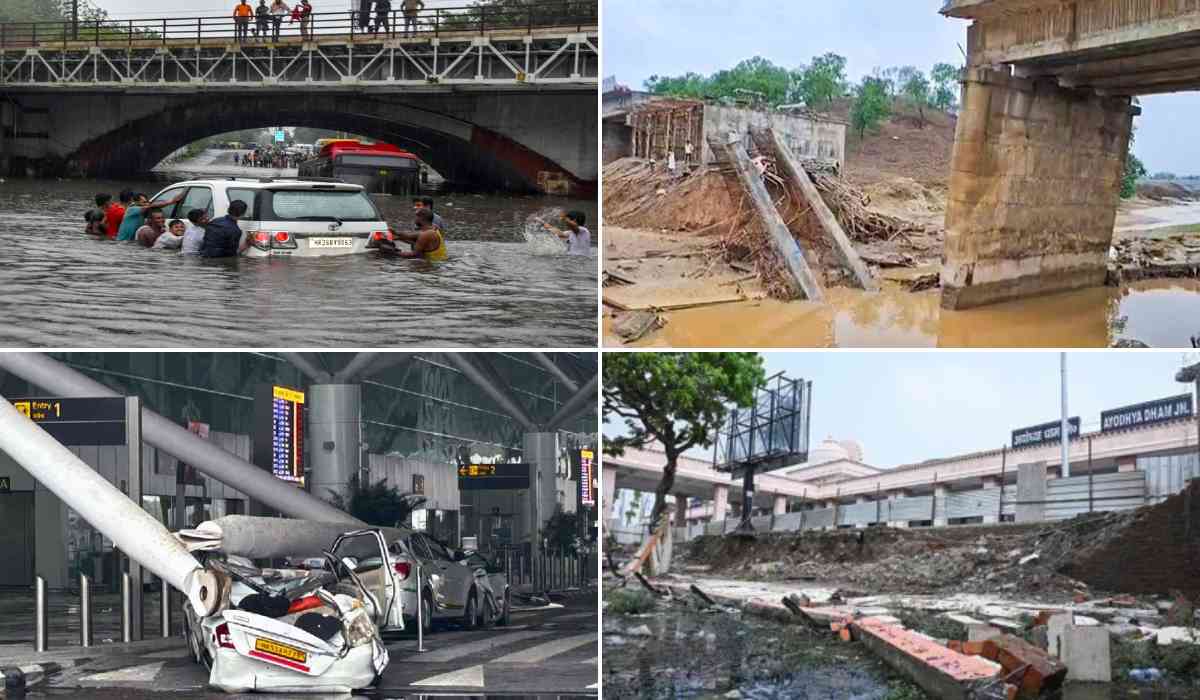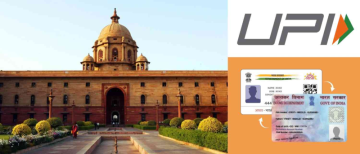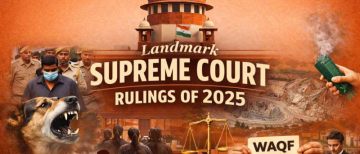Over the years, India has emerged as a global powerhouse, parading its infrastructure development as a testament to its rapid progress. The nation, which once sought to match the grandeur of the United States and the United Kingdom, has been on a construction spree since 2014. National highways, airports, railways, bridges, and roads have sprung up at an unprecedented pace. The budgetary allocation for infrastructure has ballooned from INR 3.7 Lakh Cr in FY23 to a staggering INR 5 Lakh Cr in FY24. The UDAN scheme alone saw its budget double to INR 1,244.07 Cr, aimed at reviving 22 airports and adding 50 more. However, the real question remains: is all this spending translating into robust infrastructure?
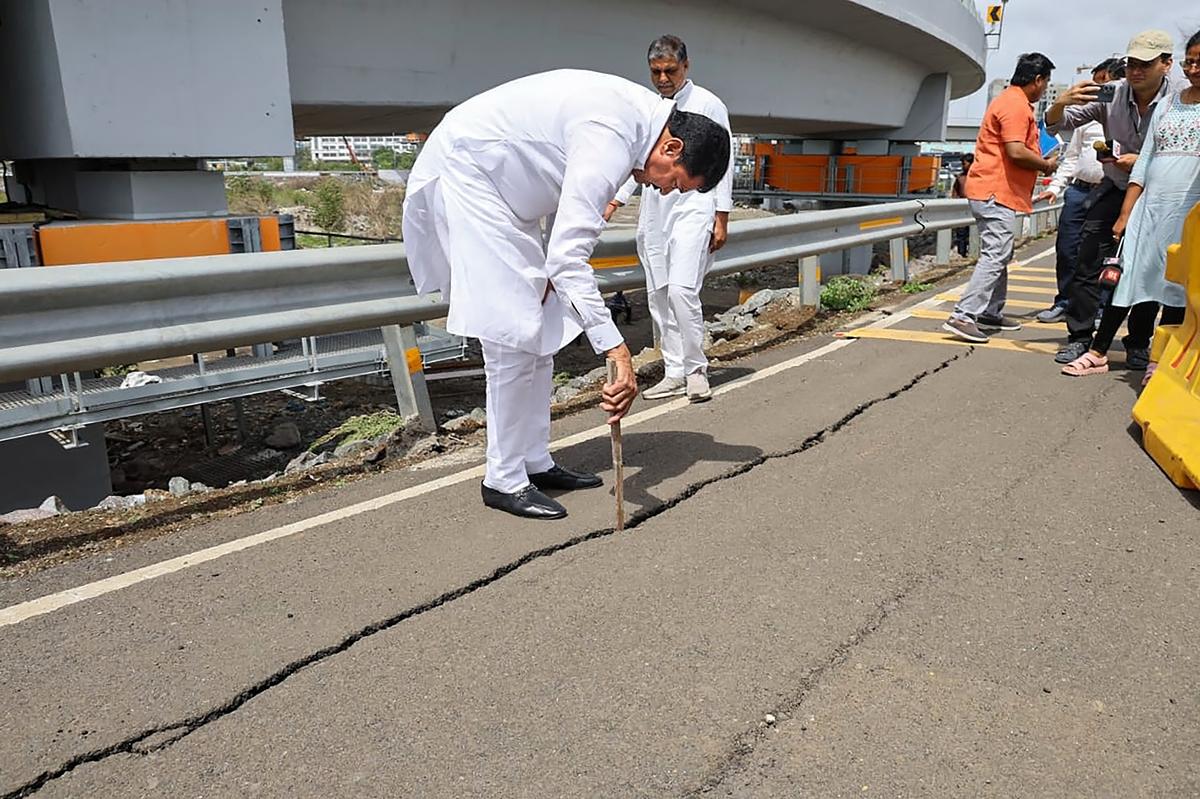
A Rainy Revelation: Recent Incidents
► Mumbai Trans Harbour Link (MTHL)
The Atal Bihari Vajpayee Sewri-Nhava Sheva Atal Setu, India's longest sea bridge, has come under fire as cracks appeared on its tar road exit towards Ulwe in Navi Mumbai. Inaugurated by Prime Minister Modi just five months ago, the bridge's early deterioration raises serious questions about construction quality.
► Waterlogging Wonders in Delhi
Delhi, the capital city, isn’t new to waterlogging, but every year it seems to surprise us anew. The recent rains turned several parts of Delhi into waterlogged nightmares, stranding people and vehicles alike. Videos circulated showing cars floating in pools created by overflowing sewage. One such incident in Faridabad saw a Maruti Swift floating in a sewage pool, with a woman stuck inside. The irony? This is the city aiming to become a global metropolis, yet it can’t handle a downpour.
Middle class who vote for development, getting the taste of development pic.twitter.com/Znjsc6Xr2b — Zee (@MhaskarChief) June 30, 2024
► Falling Canopies: Airports Under Siege
Airports, the gateways to the world, are supposed to be symbols of a nation’s development. Yet, in India, they become sites of tragedy come monsoon. Rajkot Airport in Gujarat saw its canopy collapse due to heavy rainfall and strong winds. Delhi’s Indira Gandhi Airport Terminal-1 witnessed a massive structural collapse, resulting in one death and eight injuries. Jabalpur Airport in Madhya Pradesh saw a portion of its newly inaugurated terminal building’s canopy collapse. These incidents not only highlight poor construction quality but also raise serious concerns about safety standards.
_1719830756.webp)
► Bihar’s Bridge Brouhaha
Bihar seems to compete with itself for the number of bridge collapses. In less than a week, five bridges collapsed, including a 75-meter-long bridge over the Bhutahi River that had been under construction for two years. Another bridge, constructed for Rs 12 crore on the Bakra River in Araria, collapsed. The Gandak River bridge in Siwan and a bridge in East Champaran also gave way. This isn’t just bad luck; it’s a blatant display of corruption and negligence.
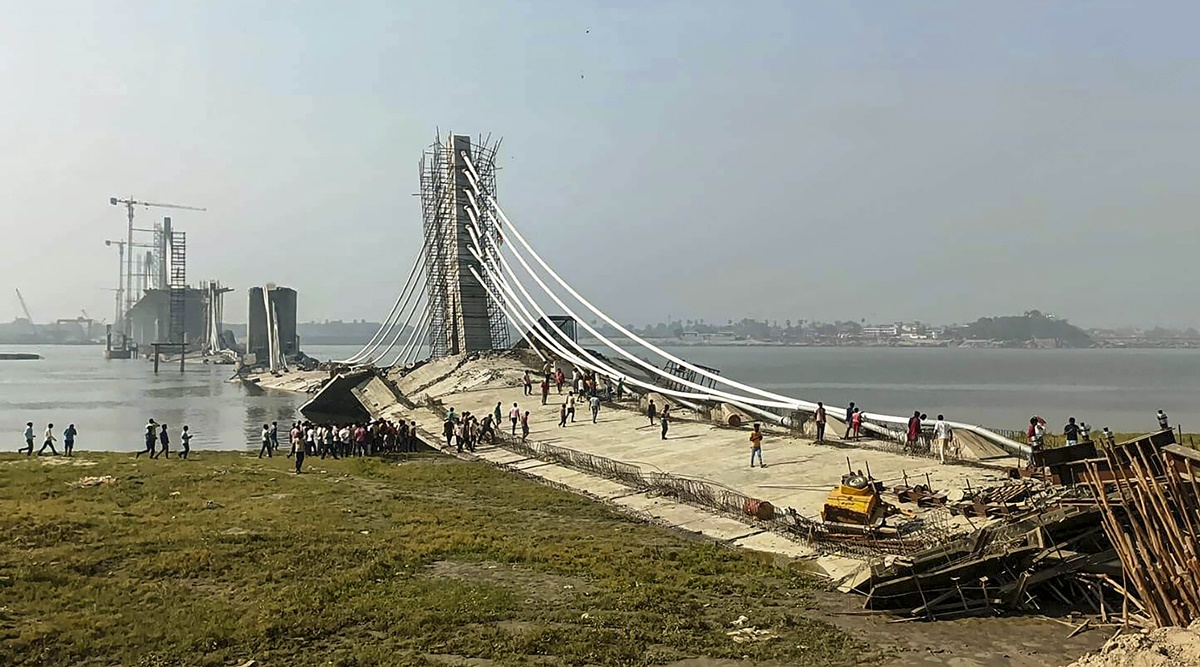
► Jharkhand and Manipur: Joining the Collapse Club
Jharkhand and Manipur haven’t been spared either. An under-construction bridge in Jharkhand’s Giridih district saw its girder collapse and a pillar tilt due to heavy rain. In Manipur, a bailey bridge over the Imphal River collapsed, leading to the death of one person. The same bridge had collapsed twice before. These incidents further underline the recurring theme of inadequate construction standards.
The Root Causes: Corruption and Negligence
While natural factors like heavy rainfall play a role, the primary culprits behind these collapses are manmade. Unplanned construction in low-lying areas and wetlands, rampant concretization, choked storm-water drains, and disappearing water bodies all contribute to urban floods. Experts have long warned that without respecting the environment and implementing stringent building laws, urban infrastructure will continue to crumble under pressure.
मथुरा , उत्तर प्रदेश
2021 में पानी की टंकी बनी
2024 में गिर गई
नेहरू जी का दूर-दूर तक हाथ नहीं है pic.twitter.com/z7q63DEcXV — Atul Londhe Patil (INDIA Ka Parivar)🇮🇳 (@atullondhe) June 30, 2024
“Corruption and criminal negligence are responsible for the collapse of shoddy infrastructure falling like a deck of cards,” Congress president Mallikarjun Kharge aptly wrote. The Modi government, in its rush to showcase development, has overlooked the quality of construction, leading to these catastrophic failures. Ribbon-cutting ceremonies before elections seem to be more important than ensuring the longevity and safety of these projects.
During today's rain, a road caved in at Shela on the outskirts of Ahmedabad.
A big pothole was formed in the middle of the road.#Ahamdabad #Pothole #Weather #Rain pic.twitter.com/8KY0Vd4luV — IndiaToday (@IndiaToday) June 30, 2024
The Real Victims: The Working Class
Who bears the brunt of this infrastructural incompetence? The working class, of course. When roads are waterlogged, it isn’t the MPs or MLAs who suffer; it’s the common man trying to get to work. When airport canopies fall, it’s the everyday travelers who face the consequences. When bridges collapse, it’s the local populace that is left stranded or, worse, injured and killed.
#Uttarakhand : Vehicles were seen floating in #Haridwar as roads were heavily flooded due to continuous downpour. pic.twitter.com/gQMt2xOZie — Kaushik Kanthecha (@Kaushikdd) June 29, 2024
The Delhi airport canopy collapse led to flight terminations, disrupting the plans of countless travelers. The waterlogging in Delhi left people stranded, unable to reach their workplaces. Unlike the privileged few who can afford to be lifted on their shoulders and taken to parliament, the working class has to wade through the flooded streets, risking their lives and health.
The Blame Game
Congress president Mallikarjun Kharge recently cited various incidents, including the collapse of the roof at Jabalpur airport and the cracks in the Mumbai Trans Harbour Link road, as evidence of the Modi government's failures.
हरिद्वार गंगा में कल 6 गाड़ियां बह गई थीं। इन गाड़ियों को पुलिस और SDRF ने बाहर निकाल लिया है।
कल सूखी नदी में ये गाड़ियां पार्किंग में खड़ी थीं। अचानक बारिश से बाढ़ आ गई और ये गाड़ियां बहकर गंगा में आ गई थीं। pic.twitter.com/8hn6W5sK4P — Sachin Gupta (@SachinGuptaUP) June 30, 2024
While the government and opposition engage in their usual blame game, the real issue remains unaddressed. The lack of proper urban planning, poor quality of construction, and absence of accountability are the main culprits. Experts have long warned that unplanned construction in low-lying areas, rampant concretization, choked storm-water drains, and disappearing water bodies are responsible for urban floods that disrupt life in cities every monsoon.
Is the Investment Worth It?
The government’s grand announcements of infrastructural development come with hefty price tags. The Budget for 2023–24 allocated INR 1,244.07 Cr to the UDAN scheme for airport building, doubling the previous year's budget, with plans to revive 22 airports. Additionally, the government outlined the revival of 50 additional airports, heliports, water aerodromes, and advanced landing grounds.
Despite these investments, the question remains: Is it worth it? The repeated failures of newly constructed infrastructure suggest that the money is not being spent wisely. Instead of focusing on ribbon-cutting ceremonies and flashy projects, there needs to be a concerted effort to ensure quality construction, proper maintenance, and accountability.
A Call for Better Planning and Accountability
India's monsoons are not an unpredictable natural disaster; they are a seasonal occurrence. The repeated failure of infrastructure during this time is a testament to poor planning, corruption, and mismanagement. The government needs to take a hard look at its priorities and ensure that the money allocated for infrastructural development is spent wisely.
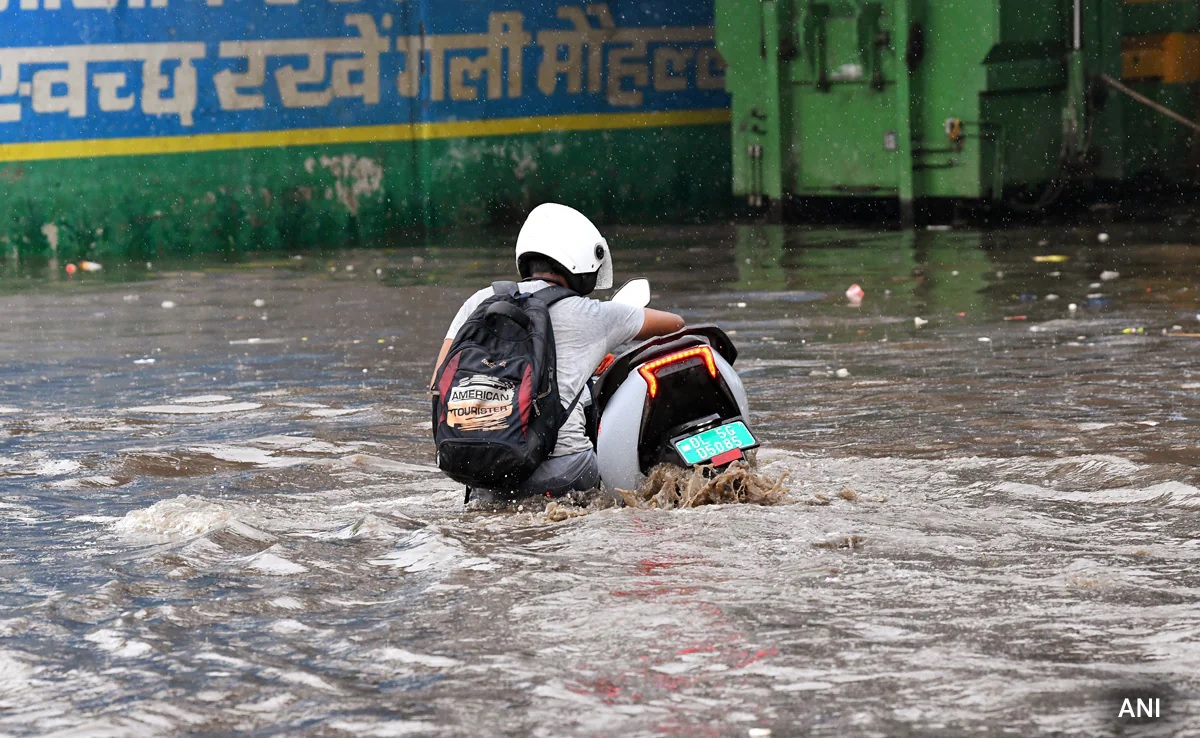
For the citizens, especially the working class, the monsoon season brings with it a period of anxiety and disruption. It is high time that the government steps up and ensures that the infrastructure is not just built, but built to last. Until then, the citizens will continue to bear the brunt of these infrastructural loopholes, while the blame game between the government and the opposition goes on.
Inputs by Agencies
Image Source: Multiple Sources
Ⓒ Copyright 2024. All Rights Reserved Powered by Vygr Media.

